Archives
- 2018-07
- 2019-04
- 2019-05
- 2019-06
- 2019-07
- 2019-08
- 2019-09
- 2019-10
- 2019-11
- 2019-12
- 2020-01
- 2020-02
- 2020-03
- 2020-04
- 2020-05
- 2020-06
- 2020-07
- 2020-08
- 2020-09
- 2020-10
- 2020-11
- 2020-12
- 2021-01
- 2021-02
- 2021-03
- 2021-04
- 2021-05
- 2021-06
- 2021-07
- 2021-08
- 2021-09
- 2021-10
- 2021-11
- 2021-12
- 2022-01
- 2022-02
- 2022-03
- 2022-04
- 2022-05
- 2022-06
- 2022-07
- 2022-08
- 2022-09
- 2022-10
- 2022-11
- 2022-12
- 2023-01
- 2023-02
- 2023-03
- 2023-04
- 2023-05
- 2023-06
- 2023-07
- 2023-08
- 2023-09
- 2023-10
- 2023-11
- 2023-12
- 2024-01
- 2024-02
- 2024-03
- 2024-04
- 2024-05
- 2024-06
- 2024-07
- 2024-08
- 2024-09
- 2024-10
- 2024-11
- 2024-12
- 2025-01
- 2025-02
- 2025-03
-
Signal transduction While the direct effects of ARI lead to
2025-01-17

While the direct effects of 5-ARI lead to a dramatic Signal transduction in serum DHT levels, other laboratory values are also affected by 5-ARI use. Serum testosterone elevations are known to occur with both finasteride and dutasteride use, but values will typically remain within the normal labora
-
By performing knockdown of AXL once HER cancer cells have
2025-01-17

By performing knockdown of AXL once HER2+ cancer TNF-alpha, recombinant human protein have achieved lung colonization, we demonstrated that AXL contributes to the establishment of macrometastases. While inhibition of AXL impairs the efficiency of metastasis, the later finding has major clinical imp
-
In our previous report we synthesized derivatives
2025-01-17
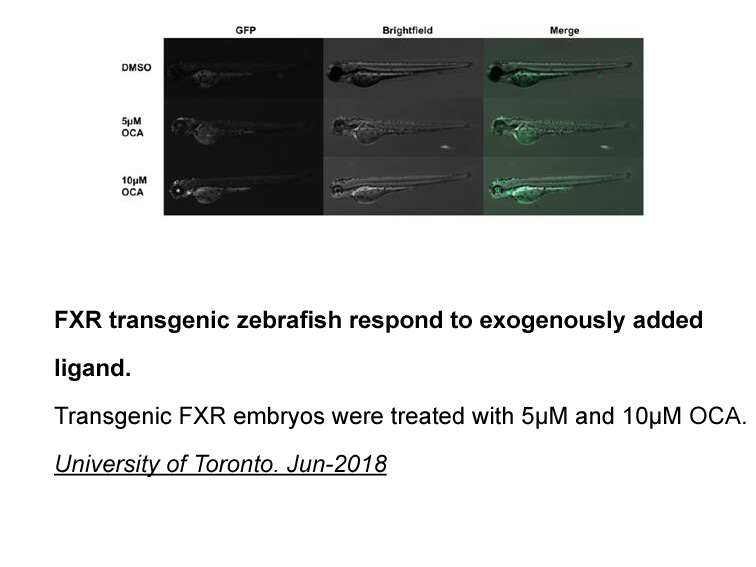
In our previous report, we synthesized derivatives with some straight chain residues on the 2-position of the 3-cyanopyridine ring of compound 1. In this time we tried to introduce aromatic ring on the chain of the 2-position. Namely, we replaced the hydroxyl-alkylamino group in the position 2 of t
-
br Materials and methods br Results
2025-01-17

Materials and methods Results and discussion In our previous studies (Matarneh et al., 2017), mitochondria were mechanically disrupted and separated into supernatant and pellet fractions by centrifugation. The causative agent for enhnced glycolytic flux was shown to be a protein that resides i
-
In the nineties we knew that baclofen was
2025-01-17

In the nineties we knew that (-)baclofen was the stereo-selective ligand for the GABAB receptor which had been recognised by Norman Bowery as a receptor for GABA, which was different from the GABAA receptor (Hill and Bowery, 1981). GABAB receptor antagonists were also synthesised and made available
-
A disruption of lung barrier
2025-01-17
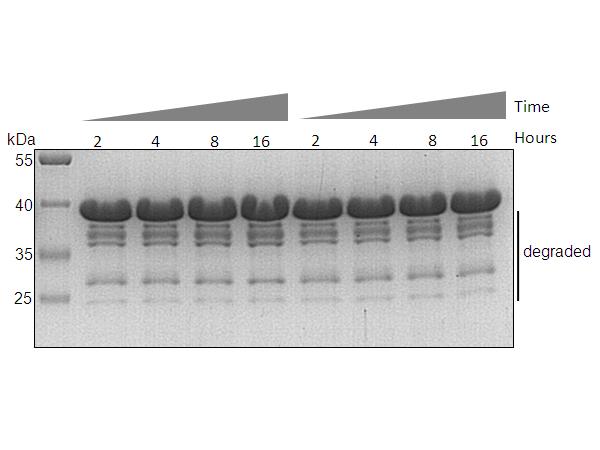
A disruption of lung barrier function caused by PM2.5 has been observed in our experiments; however the underlying mechanism has not been investigated. Zhao et al. (2018) reported that PM2.5 down-regulated the expression levels of tight junction (TJ) proteins and resulted in nasal epithelial barrier
-
Rac1 effector region Another factor that is involved in the
2025-01-17
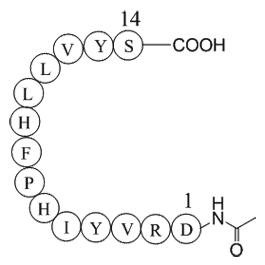
Another factor that is involved in the severity of EAE is apoptosis signal-regulating kinase 1 (ASK1), which is one of a growing number of mitogen-activated protein kinase (MAPK) kinase kinases identified in the upstream of the c-Jun N-terminal kinase and p38 MAPK pathways [12]. We previously report
-
br Introduction The term antioxidant derives
2025-01-16
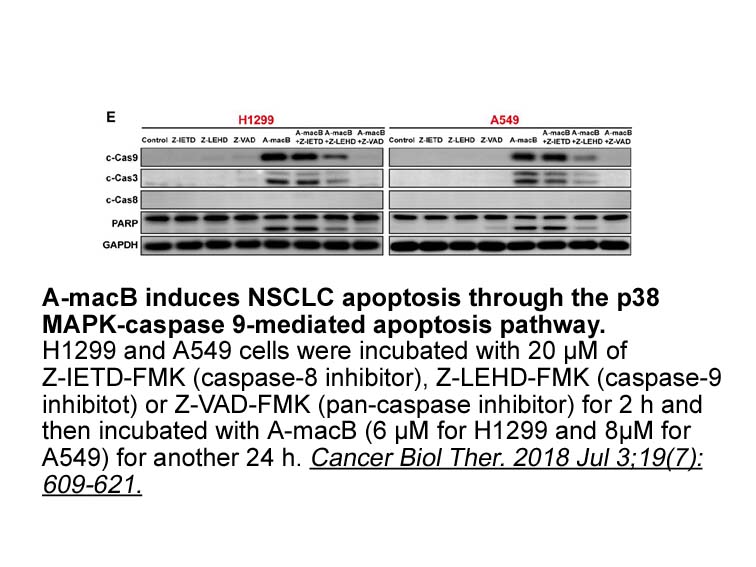
Introduction The term antioxidant derives from the prevention of the oxygen consumption. In the late of 19th centuries, antioxidants were generally used in industrial processes such as against to metal corrosion, vulcanization of rubber. Later on, the use of antioxidants to prevent the rancidity
-
F is an orotomide a novel
2025-01-16
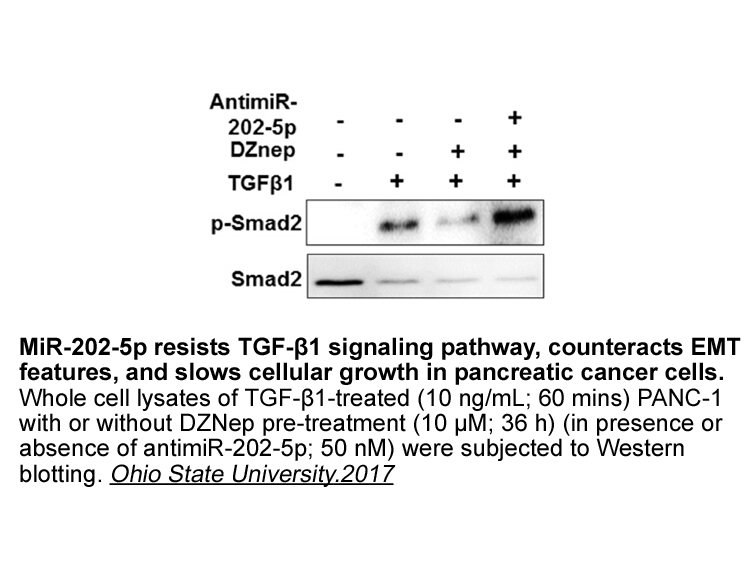
F901318 is an orotomide, a novel class of antifungals, which inhibits pyridine biosynthesis by blocking dihydroorotate dehydrogenase (URA1) activity [137]. Although this pathway is conserved in humans, human URA1 is only 20% identical to its fungal homolog and it is inhibited 2000-fold less effectiv
-
Alosetron Recently the FDA approved the first blood based te
2025-01-16

Recently, the FDA approved the first blood-based test for the detection of EGFR mutations in non-small cell lung cancer patients (http://www.fda.gov) (Voelker, 2016). This allows detection of specific, recurrent mutations, which can help the selection of the patients that could benefit from Erlotini
-
The findings from our previous study indicate that mitochond
2025-01-16

The findings from our previous study indicate that mitochondrial biogenesis of astrocytes is increased under experimental septic condition [25]. Recent studies have shown that IL-6 can activate AMPK by increasing the concentration of AMP [26], while AMPK regulates mitochondrial biogenesis and autoph
-
We also found that the size of mEPSC amplitude
2025-01-16

We also found that the size of mEPSC amplitude was reduced in unc-43 mutants, consistent with the decrease in synaptic GLR-1/GLR-2 heteromeric receptors. The decrease in mEPSC amplitude was not as great as that observed when measuring current in response to pressure application of glutamate. These d
-
Moreover mice exposed to high cholesterol diet
2025-01-16

Moreover, mice exposed to high-cholesterol diet have mildly activated astrocytes, increased expression of ApoE and aquaporin-4 in the hippocampus, and altered levels of proteins associated with Aβ metabolism (Chen et al., 2016), which is related to a higher demand for cholesterol transport and the n
-
The proposed formulation is however challenging
2025-01-16
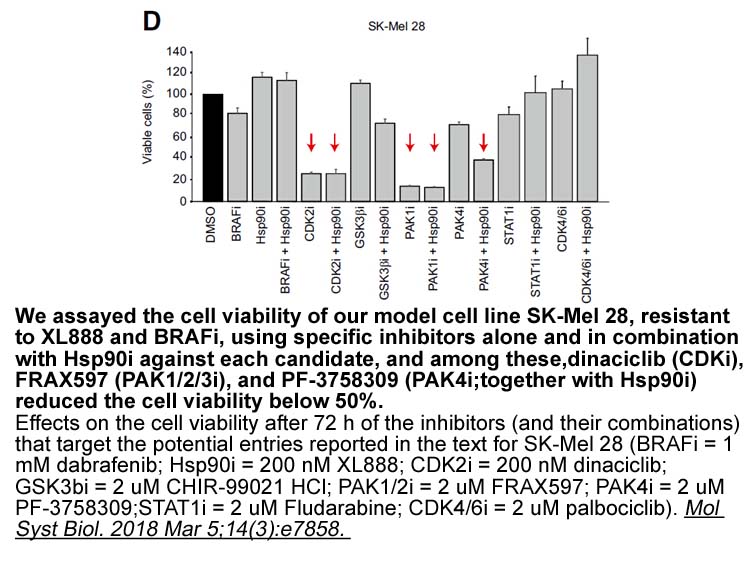
The proposed formulation is, however, challenging to solve since the structured sparsity-inducing norms are non-smooth. In order to solve the new objective function, we consider two different approaches: proximal averaging, which takes the average the solutions from the proximal operator for the ind
-
Introduction Inflammasomes are large cytosolic protein compl
2025-01-16

Introduction Inflammasomes are large cytosolic protein complexes with multiple components that trigger a rapid immune response against pathogen-associated molecular pattern ionophore (PAMPs) during pathogen infections or damage-associated molecular pattern molecules (DAMPs) during tissue damage [1
15284 records 22/1019 page Previous Next First page 上5页 2122232425 下5页 Last page